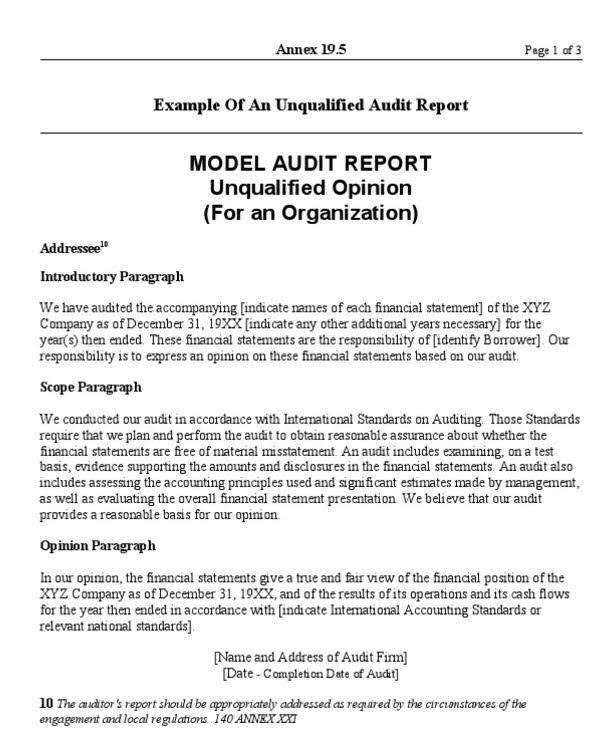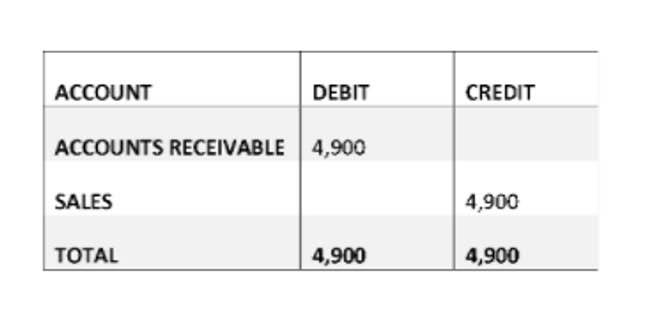
A profitable company retained earnings will show an increasing trend if not distributed to shareholders. Retained earnings are the total profits/earnings of the company accumulated over the years. The company uses it to manage the working capital position, procure assets, repay debt, etc. These are not yet distributed to the stockholders and retained by the company for investing in the business. The common stockholders have more rights in the company in terms of voting on the company’s decision, but when it comes to payment, they are the last ones on the priority list. In case of liquidation, common stockholders will be paid only after settling the outside liabilities, then bondholders and preference shareholders.
#3 – Net Profit and Dividend Payment
Additionally, shareholders can monitor the company’s net worth related to their shares, determining whether their investment has grown or depreciated over certain time horizons. Treasury stock consists of shares that the corporation has repurchased from the open market. Treasury stock is recorded as a contra-equity account, meaning it has a debit balance and reduces total stockholders’ equity. Common stock represents the par value of the shares issued, which is a nominal amount assigned to a share, such as $0.01. Additional paid-in capital (APIC) captures the amount investors paid for shares above the par value.
Statement of Stockholders Equity

Foreign currency transactions and hedging transactions were done as investments. It is used to account for unrealized profits and losses that are not disclosed on the income statement. Preference investors have a greater claim on the company’s earnings and assets than common stockholders.

How do different capital structures impact companies?
Those stockholders are interested in receiving financial statements which report the results and Accounts Receivable Outsourcing financial position of the entire economic entity, which is all of the subsidiaries and the parent corporation. It also means that expenses and liabilities will be reported on the financial statements when they occur (as opposed to reporting expenses when the corporation remits payment). Generally, the amounts reported on the financial statements originated from the corporation’s business transactions that were recorded and stored in the general ledger accounts. The statement provides insight into what’s affecting the company’s net worth or shareholder value over a period. It helps investors and stakeholders understand how management is funding its operations—whether through issuing new shares, retaining profits, or buying back shares.
- It is useful for planning purposes to know how much the business is worth once expenses are deducted.
- This situation, known as a deficit, might occur if a company has accumulated more losses over time than profits or if it has paid out more in dividends than its cumulative earnings.
- The statement is particularly useful for revealing stock sales and repurchases by the reporting entity; a publicly-held company in particular may engage in these activities on an ongoing basis.
- Treasury stock is recorded as a contra-equity account, meaning it has a debit balance and reduces total stockholders’ equity.
- Generally a long term liability account containing the face amount, par amount, or maturity amount of the bonds issued by a company that are outstanding as of the balance sheet date.
- This process can reveal the strategic financial decisions made to align with the company’s long-term goals.

The stockholders’ equity statement is a crucial financial document that provides insight into the ownership changes and capital structure of a company. It outlines the movements in equity accounts, including common stock, preferred stock, retained earnings, and additional paid-in capital, offering a comprehensive view of the company’s financial health. Understanding the stockholders’ equity statement is essential for investors, as it reveals how a company finances its operations and growth. To create a statement of shareholder equity, an analyst would need to report the changes in the value of shareholders’ equity or ownership interest in a company from the beginning of ledger account an accounting period to the end of it.
- If a company purchased land in 1980 for $10,000 and continues to hold that land, the company’s balance sheet in the year 2024 will report the land at $10,000 (even if the land is now worth $400,000).
- The non-controlling shareholders own less than 50% of the outstanding shares and do not have control of the company’s decisions.
- Conversely, a consistently decreasing equity may imply potential financial distress.
- These roles underscore the statement’s importance in fostering good corporate governance practices.
- It may indicate that the company is generating profits, either through operational activities or through successful investments.
- This method is inferior to the accrual basis of accounting where revenues are recognized when they are earned and expenses are matched to revenues or the accounting period when they are incurred (rather than paid).
The Purpose of the Statement of Shareholders’ Equity Is to Track Ownership Changes
Repurchasing shares is also a way to return capital to shareholders and can help boost earnings per share by reducing the number of outstanding shares. Stockholders’ equity represents the owners’ claim on a company’s assets after deducting liabilities and is composed of several accounts. Contributed capital is the money a company raises from issuing stock to investors and includes two primary accounts. As you can see, the beginning equity is zero because Paul just started the company this year. Paul’s initial investment in the company, issuance of common stock, and net income at the end of the year increases his equity in the company.

Accrual Method of Accounting

Accounting for ownership changes involves tracking transactions that affect the equity section, such as issuing statement of stockholders equity new shares, repurchasing existing shares, and distributing dividends. These activities can significantly impact the overall equity balance, making accurate and transparent reporting essential. Companies must adhere to accounting standards to ensure that equity changes are recorded consistently and clearly. Except, we see paid-in capital in excess of par actually increased a bit in 2019 as a result of issuance of new shares. In Note 6 to the financial statements on page 56, we see there were in fact four million shares (rounded) issued to employees as part of their non-cash compensation. A $0.05 par value would be $200,000, well below the rounding limit on these financials.
